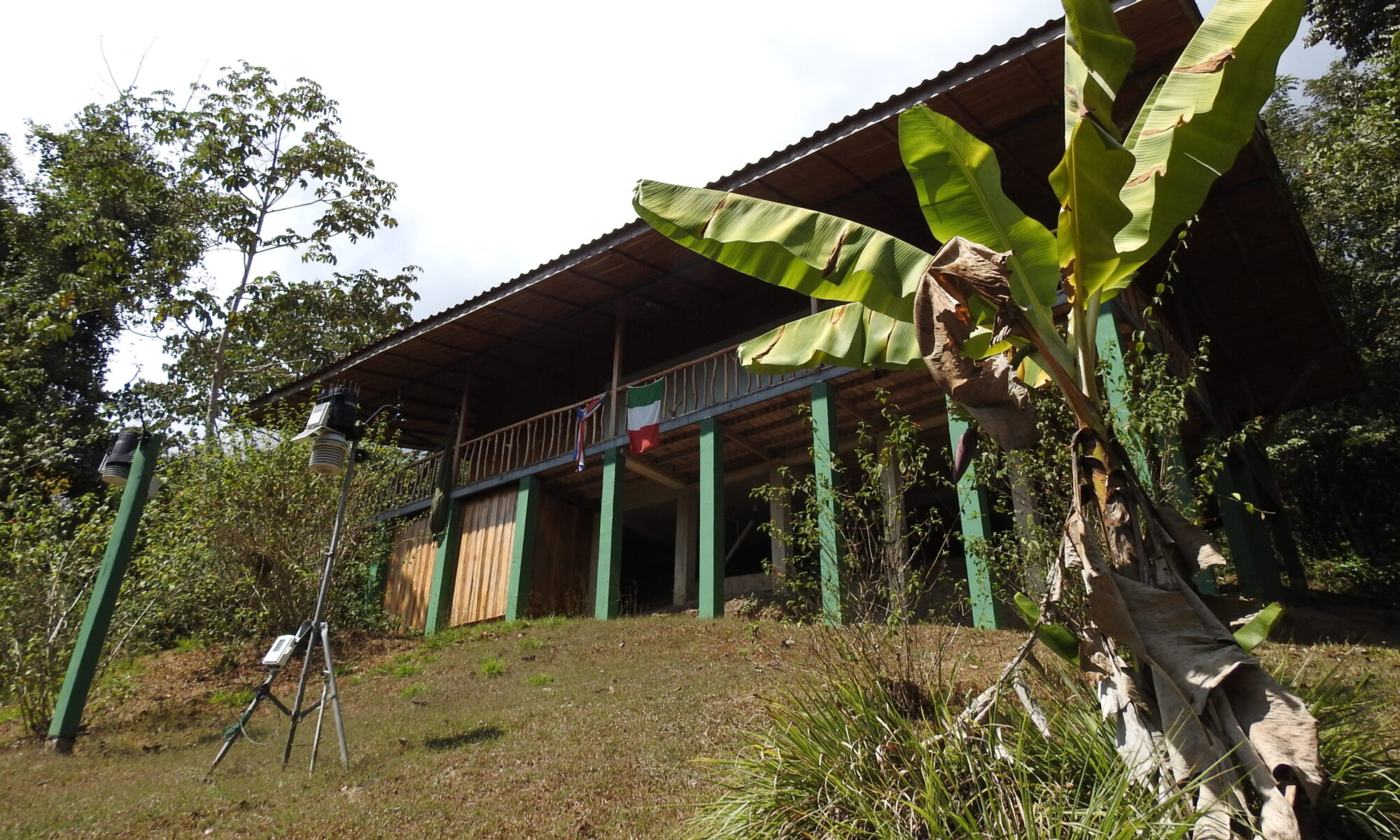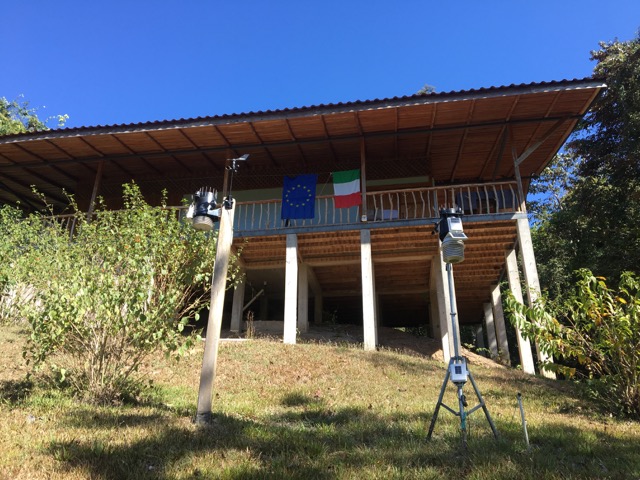The NEC magazine, Nova ex coelo, published by AMPRO, the Professional Meteorological Association, hosts in issue 49 a scientific study entitled “Tropical meteorology and the “Italy – Costa Rica” bio-climatic station. In the article, Foreste Per Semper member and volunteer Luca Lombroso, AMPRO Meteorologist, scientifically explores some aspects that we have already talked about in this blog.
The article can be consulted on the page https://www.meteoprofessionisti.it/nec-la-rivista-di-ampro/ by clicking on NEC #049.
In the meantime, the weather measurements continue and very interesting data arrives at the weather station at the Karen Mogensen reserve in Costa Rica in the month of March 2023. The prolonged episode of La Nina seems to be coming to an end in the coming months, but the cold anomie of the Pacific ocean water is felt. In fact, in mid-March very consistent rains arrived early for the season. In the month, which climatically would see a substantial absence of rain, a good 122.6 mm fell, with a daily maximum of 62.4 mm. There are 13 days with rainfall in March, of which 9 with rainfall greater than or equal to 1 mm. As a result, temperatures were affected, already at the beginning of the month, around 6-7, the maximum temperatures in particular dropped with a trend similar to what occurs in the rainy season. Unfortunately, however, the data is incomplete as regards the minimum temperatures due to some problems with the electrical systems of the Italia Costa Rica bioclimatic station.
However, the measures in place confirm the importance of the data observed, it is evaluating how to solve the problem, both from a technical point of view and in raising funds to cover the costs of improvements necessary to guarantee the continuity of the weather measurements and more generally the usability of the biological station by volunteers, researchers and users of the same.


